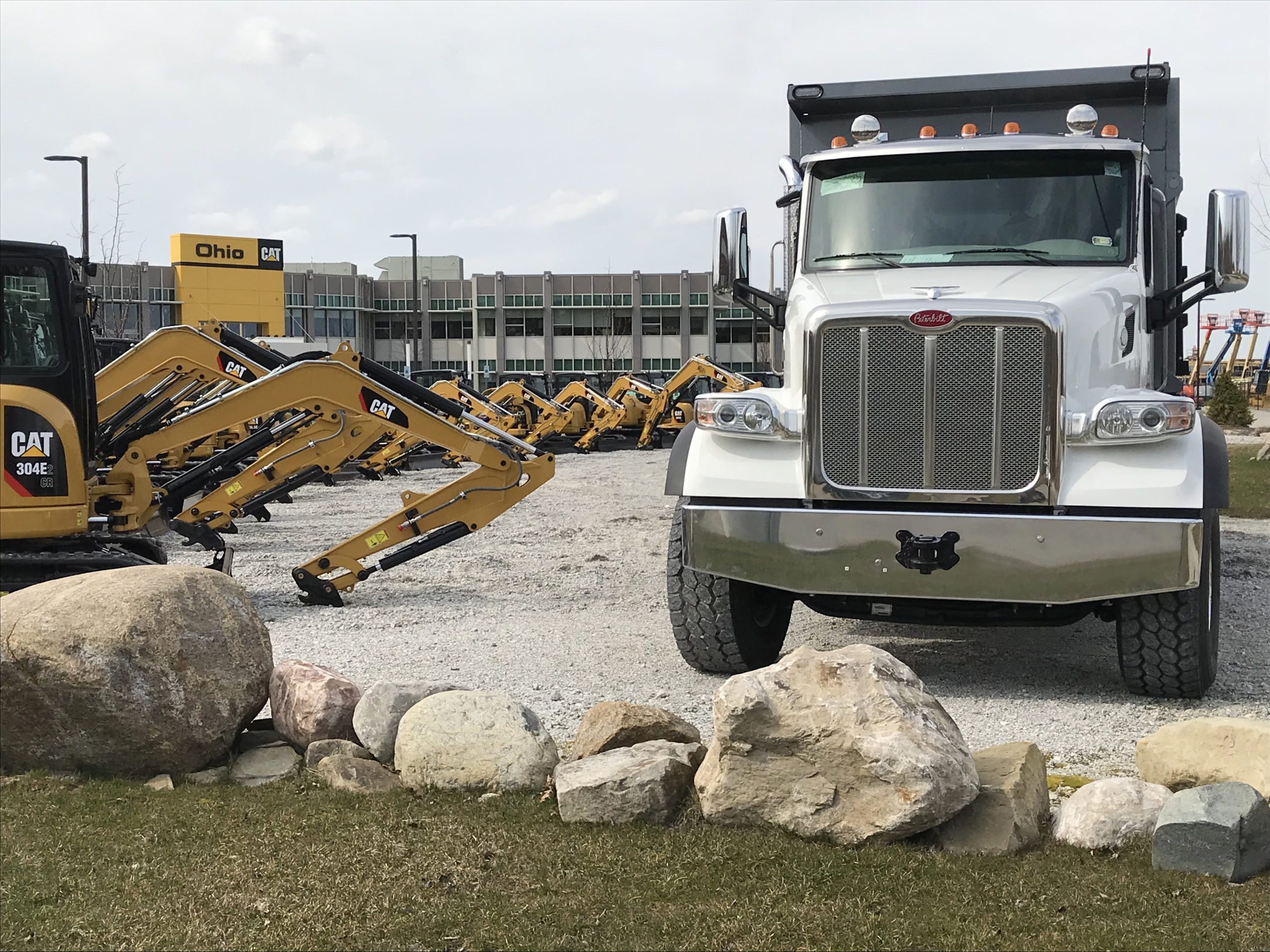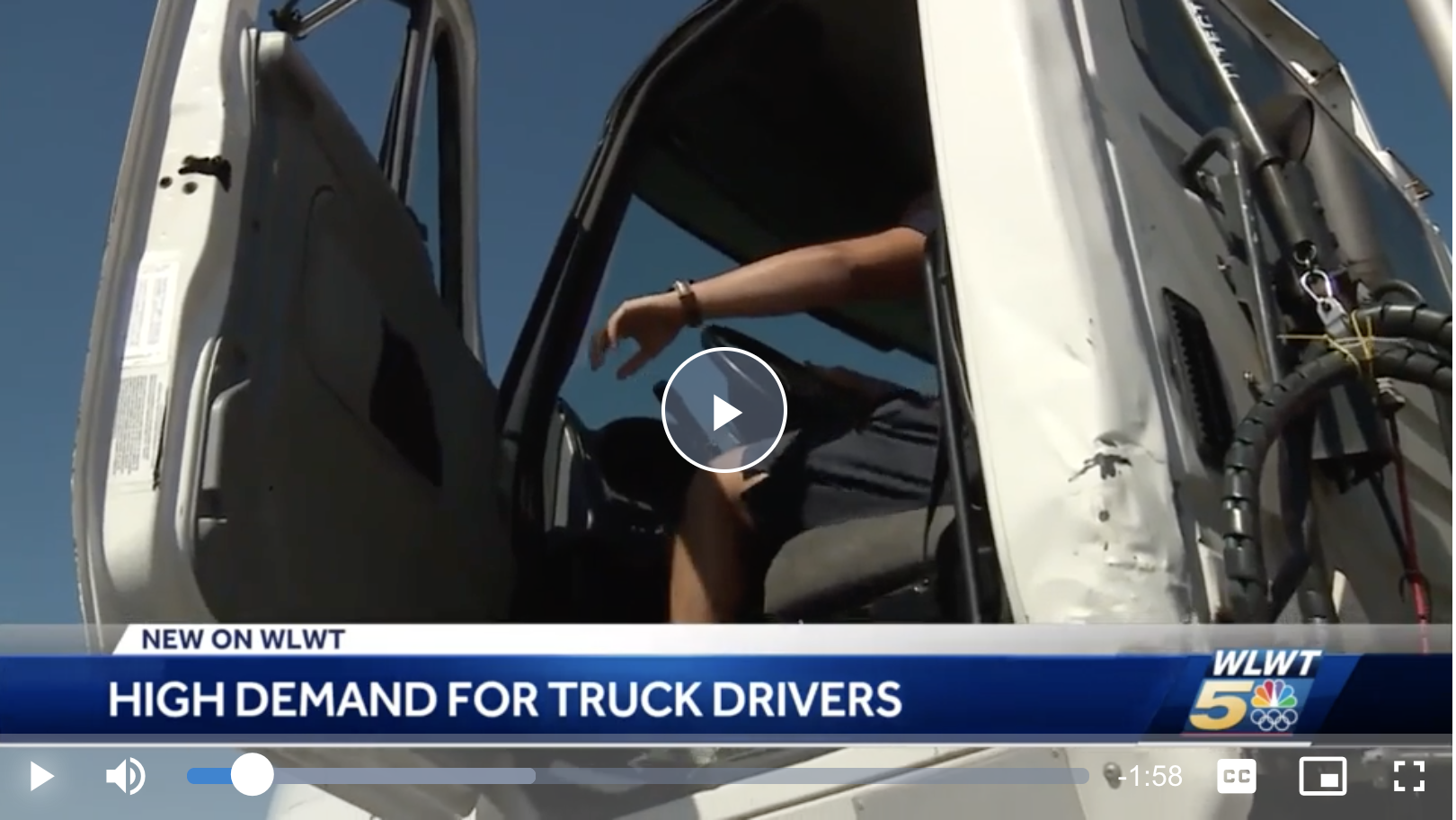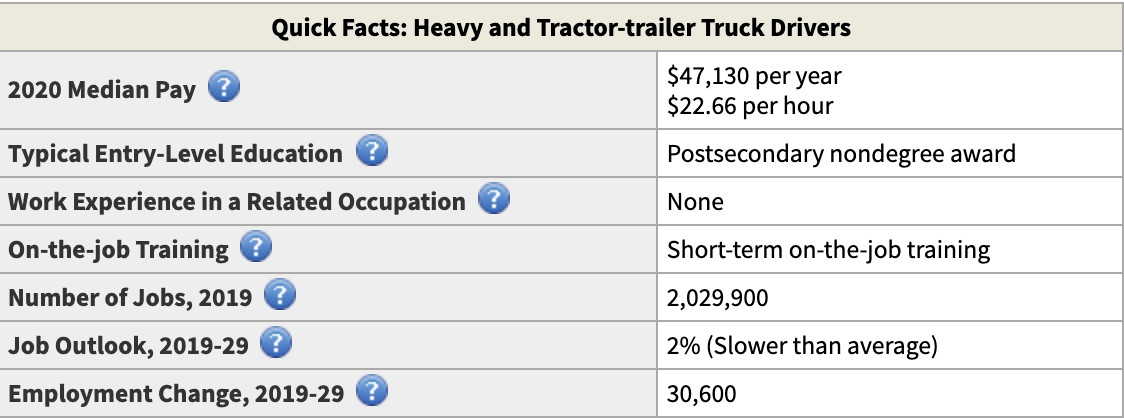
The Importance of CDL Drivers in the Construction Industry
One of the positions that is necessary, but not often directly connected with the construction industry, is CDL Drivers. “CDL” stands for Commercial Driver’s License, and these types of licenses are required “to operate large, heavy, or placarded hazardous material vehicles for commercial purposes in the United States.” In the construction industry, CDL Drivers help to transport materials from point A to point B — an essential role in keeping projects moving by delivering the materials that companies need to complete a project.
The role is needed across Ohio. In fact, Cincinnati TV station WLWT featured the demand for CDL Drivers earlier this summer, telling the story of Kaue Costa, a veteran-turned-CDL Driver.

Our partners at The Gerken Companies summarized the process for obtaining a CDL License in their blog, and here’s what you need to know:
“Truck drivers are an essential part of the American economy as a whole. Transportation is a vital element that often goes overlooked, and without it, many businesses would cease to function. These drivers fulfill the logistics of how products and materials and other physical goods get from point A to point B. The sheer number of truck drivers currently headed towards retirement and the irreplaceable nature of the position sets up a real shortage and overall demand for truck drivers. “We’re facing a driver shortage that this country has never seen before,” said Instructor and Program Director Ray Puckett. “Baby boomers are retiring, so we’re seeing companies increasing wages, providing better benefits, and increasing the amount of time that drivers can spend at home.” [1] In road construction, our industry requires time-sensitive material such as asphalt pavement and concrete to be delivered to various types of jobs by truck drivers. It is essential to understand that these multiple materials must arrive at the job site consistently for a project to progress. For example, when a paving crew builds a new road, the paver cannot continually lay down asphalt if it is empty. It’s preferred that at least one truck full of material be ready on-site at all times.
Getting Your CDL
Becoming a truck driver requires getting a special license called a CDL, otherwise known as a commercial driver’s license. The path to getting a CDL varies from state to state but is often a similar process. It is important to note that there are different types of CDLs, which allow you to operate different kinds of vehicles. There are three different types, a CDL A, B, and C. There are also certifications you can obtain alongside your CDL that will make you a more qualified candidate for hire. For example, having a hazardous material certification in our industry is a big plus. It is something our managers like to see when looking at a potential new hire. There are different training centers that you can contact if you are interested in getting your very own CDL. Once you enroll in a training program, you will spend an allotted amount of time learning and practicing driving with these various commercial vehicles. It is also important to note; “Each type of CDL and endorsement requires that you pass a written test; some also require a skills test.” [2] For more information about obtaining a CDL, visit the following link. https://driving-tests.org/how-to-get-a-cdl-license/”
Working as a CDL Driver
The position itself has a lot of benefits. According to the Bureau of Labor Statistics, there are more than 2 million Heavy and Tractor-Trailer Drivers across the country. These men and women earn an average of $47k each year, and the position does not require a degree to pursue–just the CDL License. The need for drivers is steady, with a 2% growth expected in the role by 2029. In most situations, on-the-job training is provided to ensure safety and proper driving protocols.
